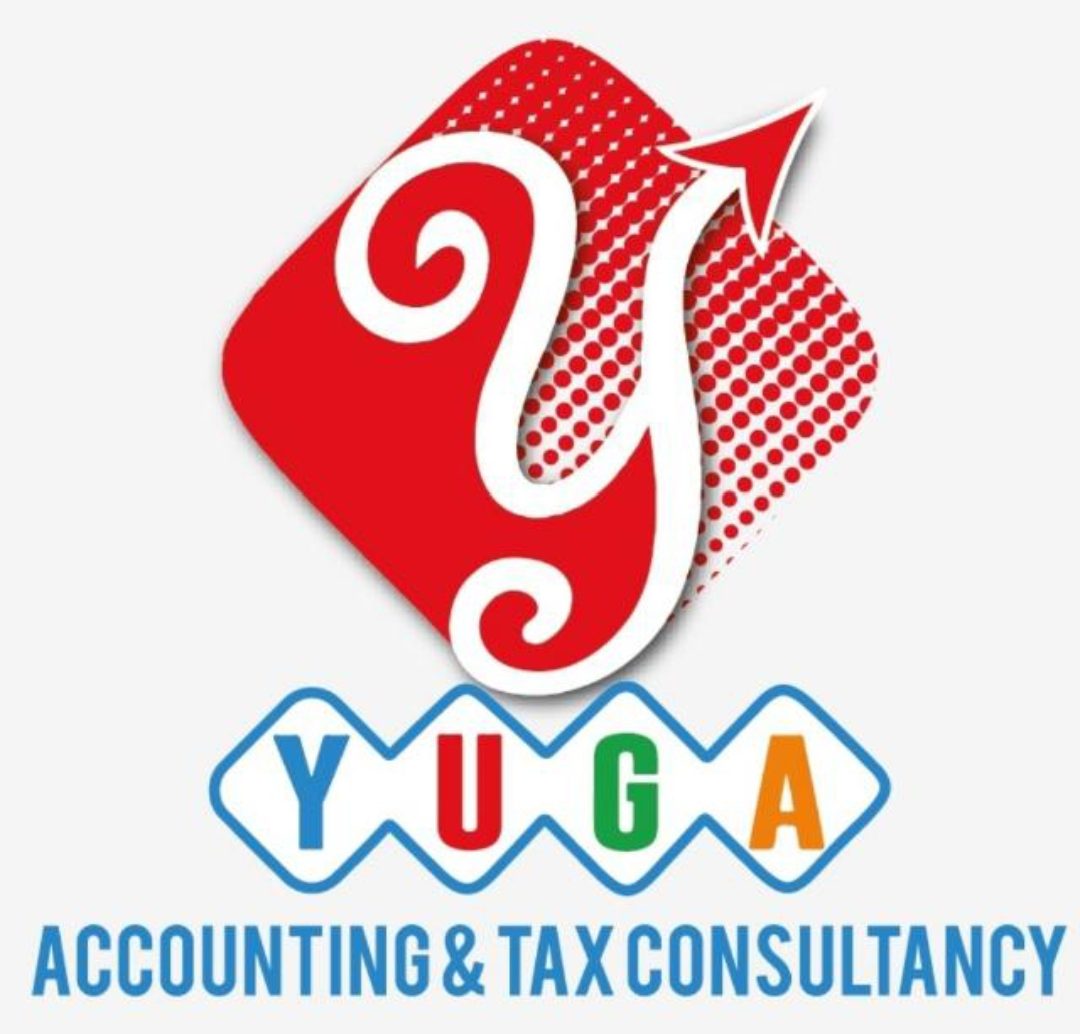What exactly is due diligence?
Due Diligence checklist
When you do due diligence, you will look at several aspects of the prospective business or product. Below is a business due diligence checklist to help you work through the process. This checklist is geared more toward acquiring a business, but you can easily adapt this for acquiring a product. Also, make sure you work with your accountant and lawyer to make sure you add or remove any necessary steps.
Financial Due Diligence
Financial due diligence, also called accounting due diligence, looks at the economic situation of the business/profession. You’ll look for consistency among accounts, assets, and liabilities. You’ll also look at historical trends, projections, and tax risks.
1. Look at previous annual and quarterly financial information, including:
- Income statements
- Balance sheets
- Cash flow statements

2. Review sales and gross profits by product/item/service
3. Look up the rates of return by product.
4. Review the accounts receivable.
5. Get a breakdown of the business’s inventory.
- How much inventory is in hand?
- What is the value of the current inventory maintained?
6. Make a breakdown of real estate and equipment.
- List the name, model number, and valuation of all equipment and furniture.
- Note the size and current market value of land or buildings.
7. Review past projections and actual results and compare it
8. Take a look at the owner’s future projections, including:
- Quarterly and annual projections reports
- Projections by product/item
9. Inquire about the assumptions the owner used to make projections.
10. Get a history of pricing policies maintained and past increases.
11. Ask for all business tax details.
12. Retrieve a summary of debts and their terms.
13. Get a list of all current investors.
14. Get a List of all shareholders.
FOR MORE INFORMATION, CONTACT US :
Phone : +971 52 1952 532 / +971 4 240 1110
Mail-Id : info@yugaaccounting.com
Website : www.yugaaccounting.com
